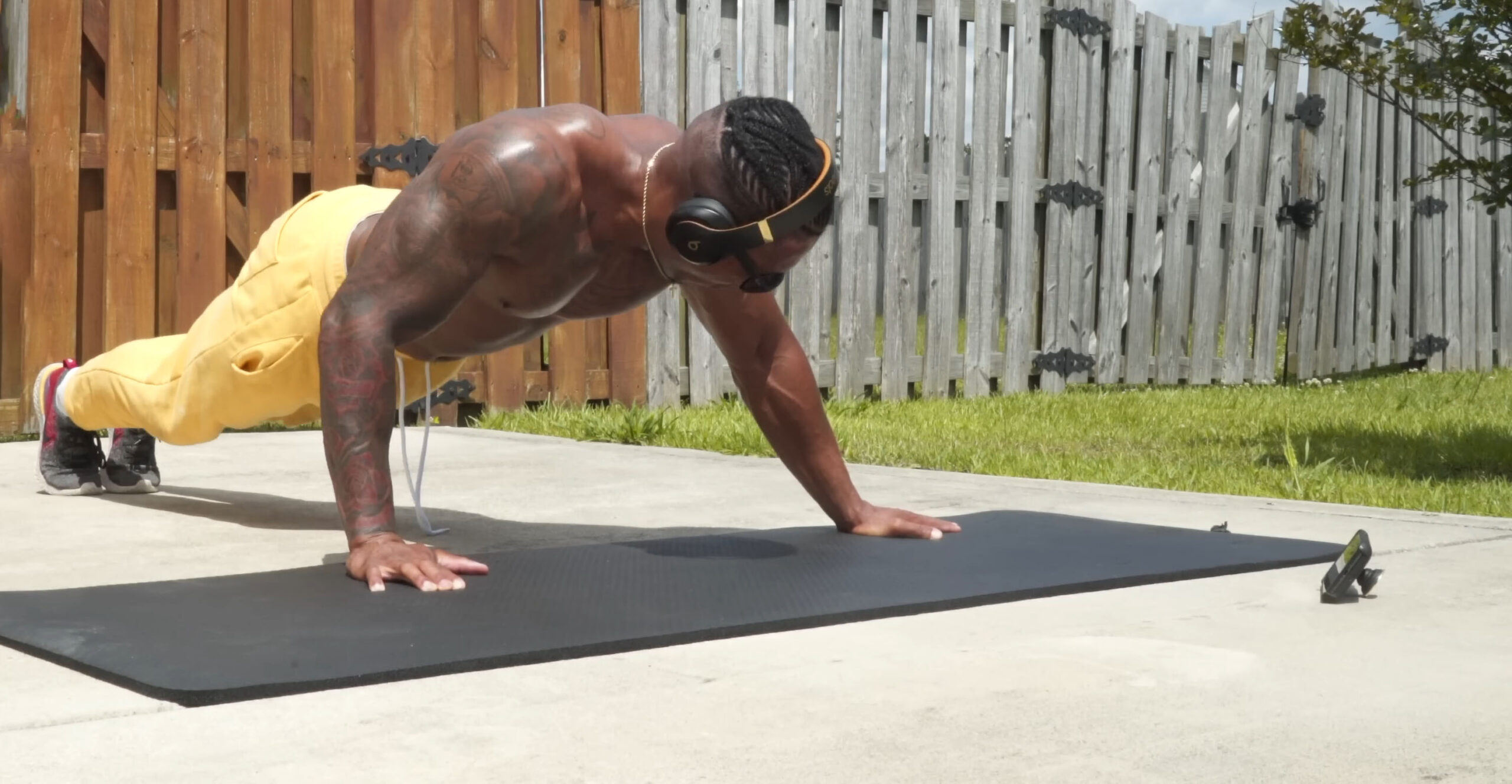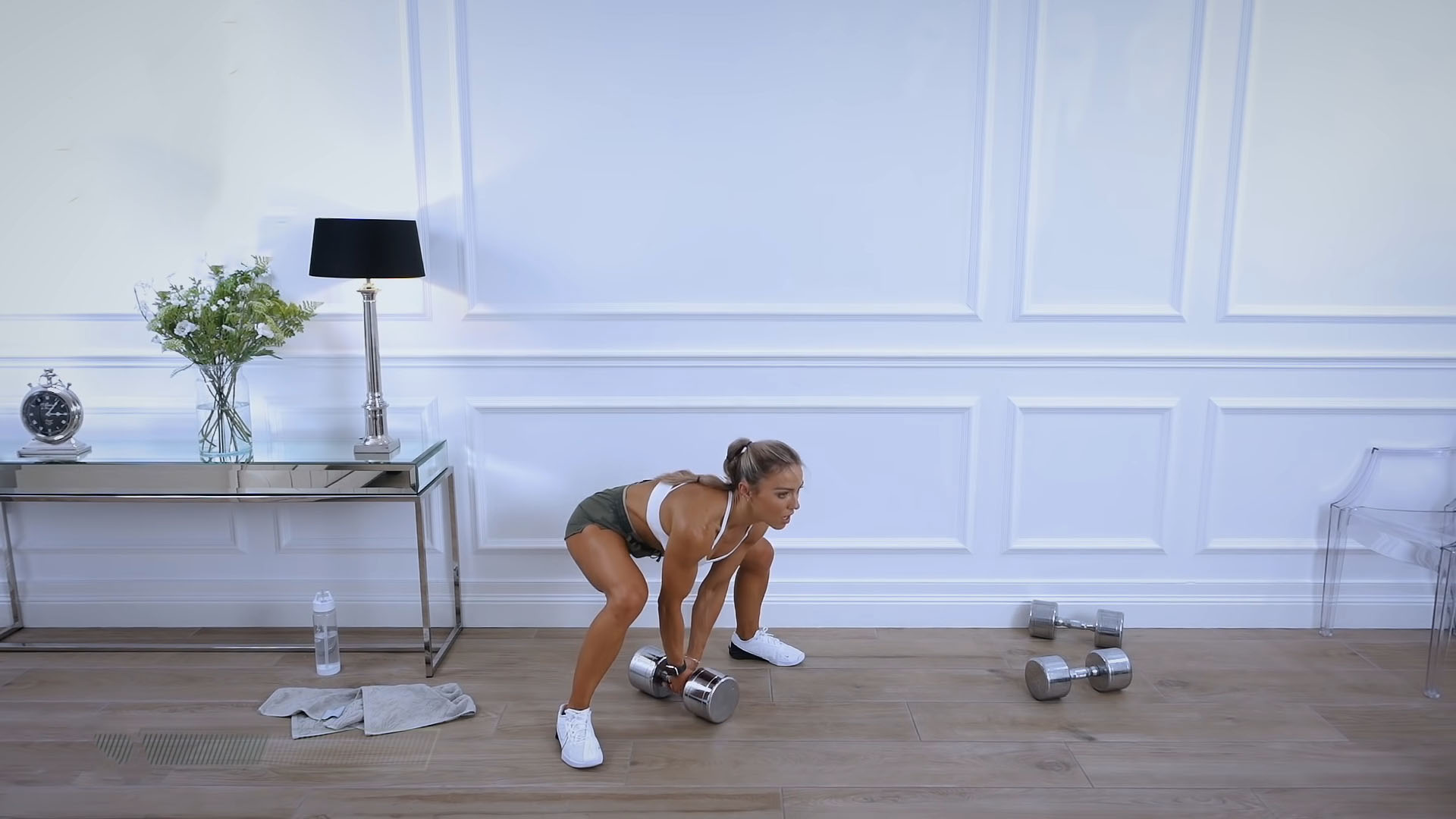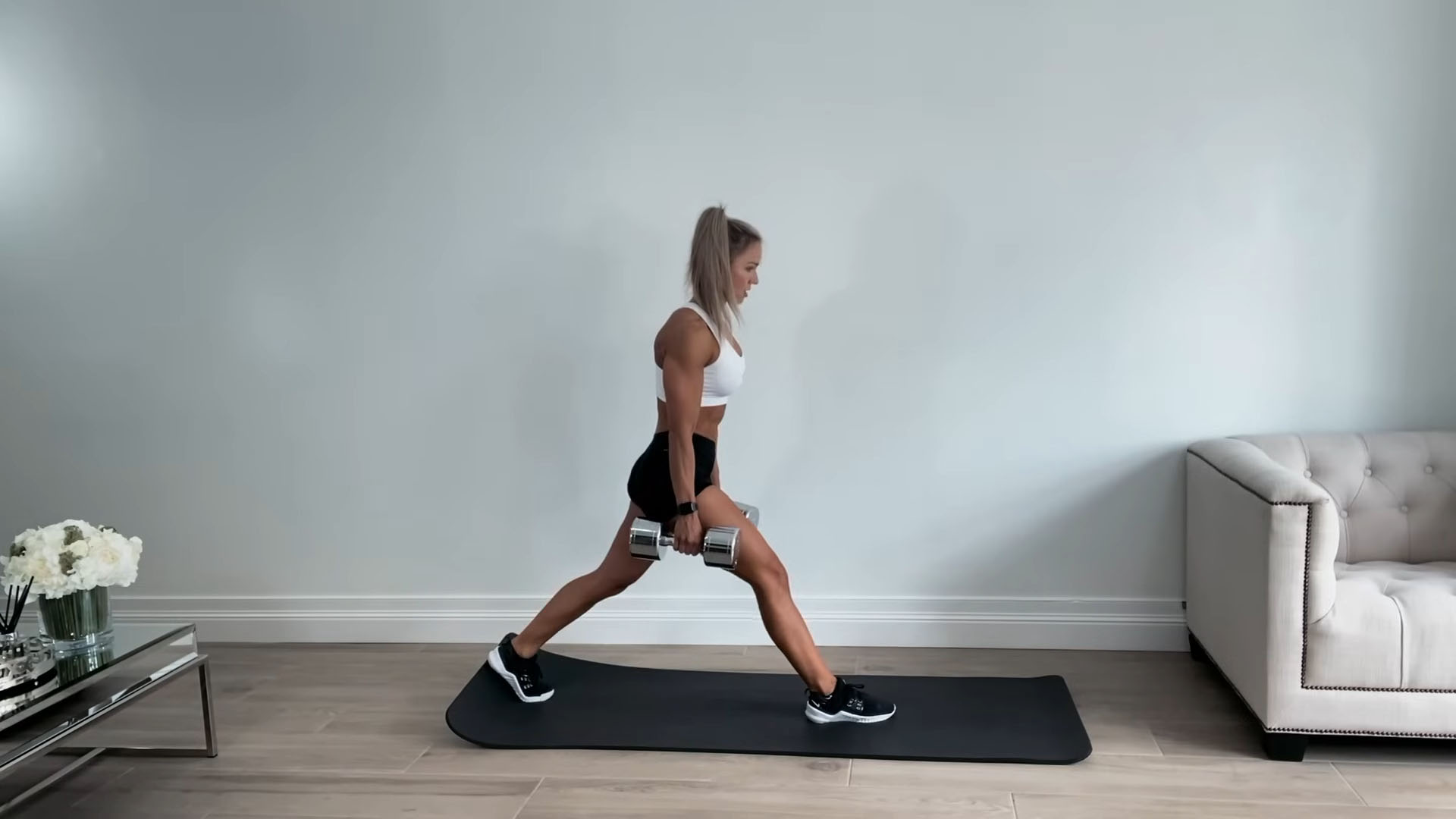Feeling stiff and achy? You’re definitely not alone. We spend so much time hunched over our desks, glued to our phones, or just stuck in the same position for way too long. The result? Tight muscles and limited mobility. But guess what? You can change that.
A simple full-body mobility routine can help you move better, feel better, and even perform better in your daily activities. Mobility exercises aren’t just for athletes or fitness buffs; they’re for everyone. Adding these exercises to your daily routine can make a big difference. Let’s look at how you can start improving your range of motion today.
Warm-Up

Before jumping into your mobility exercises, it’s important to warm up your body. You can do the warm-up without any weights or gym equipment, but I recommend using Omniball as it can help you very much. A proper warm-up increases blood flow to your muscles, raises your body temperature, and prepares your joints for movement.
Skipping this step can lead to injury and reduce the effectiveness of your exercises. Here are a few simple warm-up exercises:
Arm Circles
- Stand with your feet shoulder-width apart.
- Extend your arms out to the sides and make small circles with your hands.
- Gradually make the circles larger.
This exercise helps to lubricate your shoulder joints and increase the range of motion. Do this for 30 seconds in each direction to ensure both shoulders are equally prepared.
Leg Swings
- Hold onto a wall or a sturdy object for balance.
- Swing one leg forward and backward, keeping your movements controlled.
This dynamic stretch targets the hip flexors and hamstrings, making it perfect for prepping your lower body. Repeat for 30 seconds on each leg to ensure both legs are ready for the workout ahead.
Neck Rolls
Gently roll your head in a circular motion, first clockwise, then counterclockwise.
This helps to release tension in your neck and improve the flexibility of your cervical spine. Do this for 30 seconds in each direction to fully prepare your neck for the upcoming exercises.
Upper Body

Upper body mobility exercises are crucial for maintaining flexibility and reducing stiffness in your shoulders, neck, and back.
1. Shoulder Pass-Through
- Stand with your feet shoulder-width apart.
- Hold a broomstick or a resistance band with a wide grip.
- Keep your arms straight and lift the stick or band over your head and behind your back.
- Bring it back to the front in a controlled motion.
- Repeat 10 times.
2. Cat-Cow Stretch
- Start on your hands and knees in a tabletop position.
- Inhale and arch your back, lifting your head and tailbone towards the ceiling (Cow Pose).
- Exhale and round your back, tucking your chin to your chest and your tailbone under (Cat Pose).
- Repeat for 10-15 breaths.
Lower Body

Your lower body plays a crucial role in almost every movement you make, from walking and running to sitting and standing. Improving mobility in this area can enhance your overall performance, reduce pain, and make daily activities easier.
1. Hip Flexor Stretch
- Kneel on your right knee, with your left foot in front, creating a 90-degree angle.
- Push your hips forward slightly until you feel a stretch in your right hip flexor.
- Hold for 30 seconds, then switch sides.
2. Deep Squat Hold
- Stand with your feet slightly wider than shoulder-width apart.
- Lower yourself into a deep squat, keeping your heels on the ground and your chest up.
- Hold this position for 30 seconds to 1 minute.
Full Body

These exercises target multiple muscle groups simultaneously:
1. World’s Greatest Stretch
- Start in a high plank position.
- Step your right foot outside your right hand.
- Drop your left knee to the ground and rotate your upper body to the right, reaching your right arm towards the ceiling.
- Hold for 5 seconds, then return to the plank position and switch sides.
- Repeat 5 times on each side.
2. Spinal Twist
- Lie on your back with your arms extended out to the sides.
- Bend your knees and bring them towards your chest.
- Slowly lower your knees to the right side, keeping your shoulders on the ground.
- Hold for 30 seconds, then switch sides.
Common Mistakes to Avoid
Even with the best intentions, people often make mistakes when starting a new mobility routine. Being aware of these common errors can help you maximize the benefits of your exercises and avoid unnecessary setbacks.
1. Skipping the Warm-Up
Jumping straight into mobility exercises without a proper warm-up can increase your risk of injury. Always take a few minutes to warm up your muscles and joints before starting your routine.
This simple step can enhance the effectiveness of your exercises and prevent unnecessary strain. Remember, a good warm-up is crucial for preparing your body for movement.
2. Rushing Through Exercises
Mobility exercises should be performed slowly and with control. Rushing through them can reduce their effectiveness and increase the risk of injury. Focus on quality over quantity. Take your time to ensure you’re performing each movement correctly and feeling the stretch.
3. Neglecting Certain Areas
It’s easy to focus on the areas that feel the tightest, but it’s important to work on your entire body. A balanced mobility routine targets all major joints and muscle groups to ensure overall improvement. Ignoring certain areas can lead to imbalances and limit your progress.
Make sure to include exercises that address the shoulders, hips, spine, and lower body to achieve comprehensive mobility.
The Bottom Line
Improving your range of motion doesn’t have to be a hassle. Just add these simple mobility exercises to your daily routine, and you’ll feel more flexible, reduce pain, and move around more easily. Stay consistent, pay attention to how your body feels, and enjoy getting more mobile.

